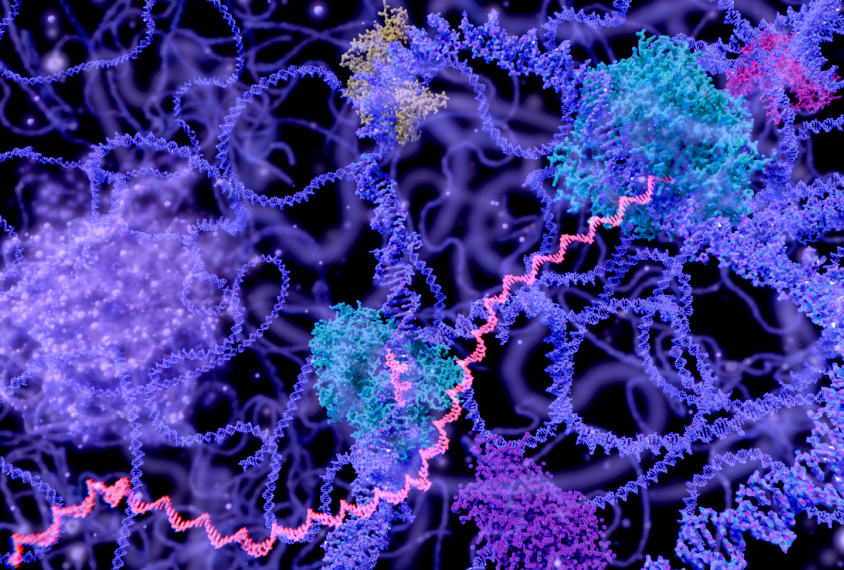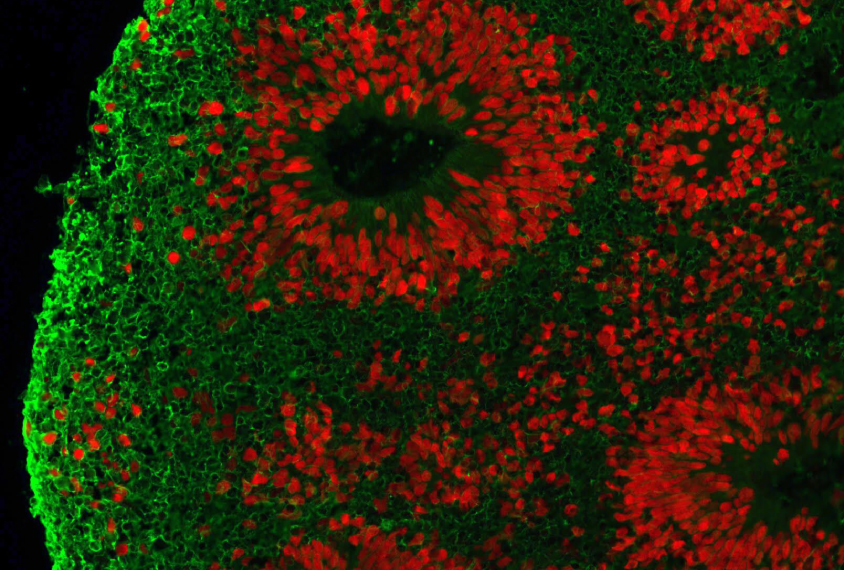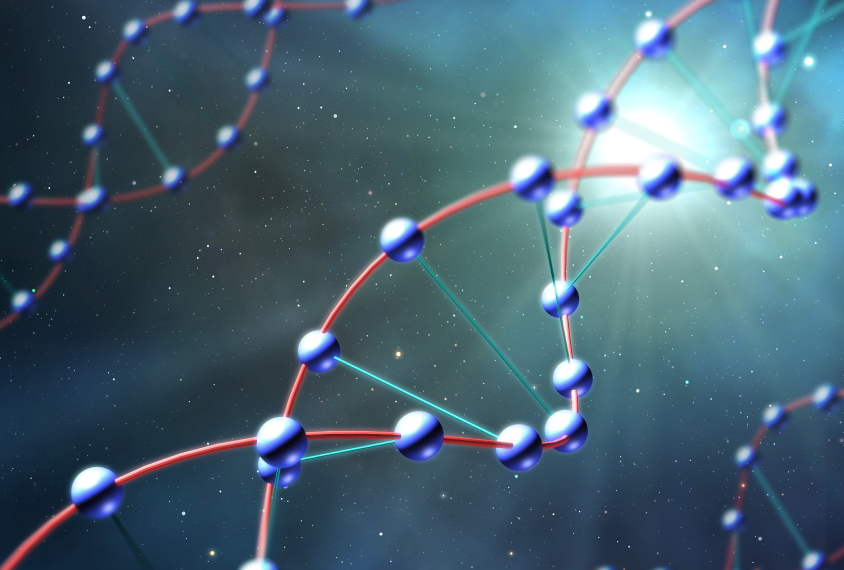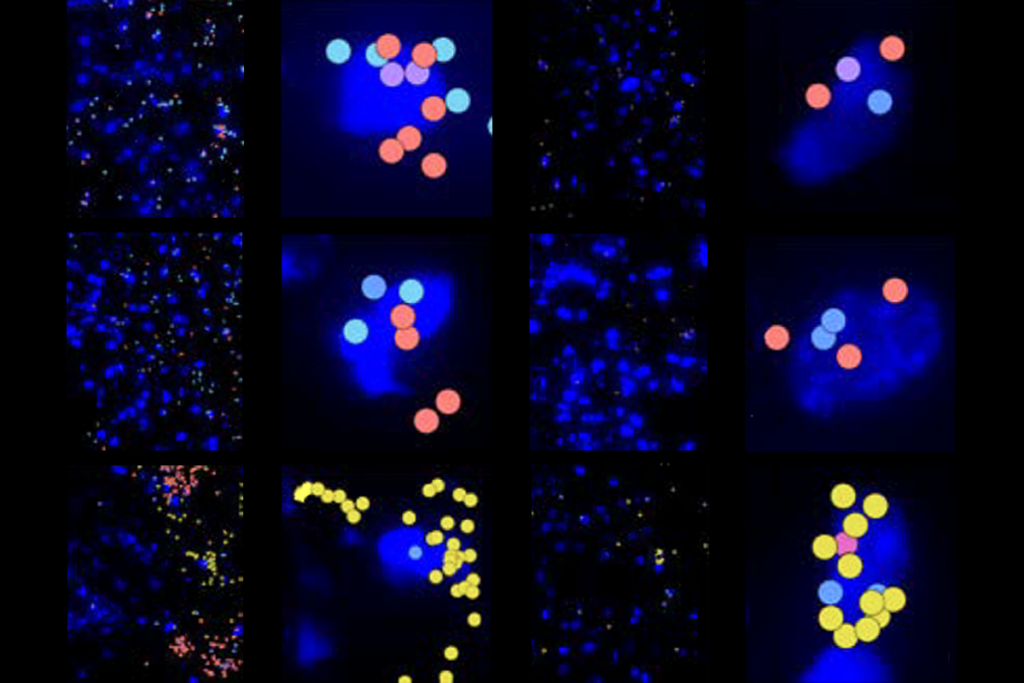ASHG 2019
Recent articles
Antidote to ‘poison’ DNA may treat lethal form of epilepsy
An experimental drug silences a DNA segment and seems to prevent seizures and death in a condition related to autism.

Antidote to ‘poison’ DNA may treat lethal form of epilepsy
An experimental drug silences a DNA segment and seems to prevent seizures and death in a condition related to autism.
Brain ‘organoids’ point to new drug target for fragile X syndrome
New findings hint at why drugs that work in mouse models of fragile X syndrome have not been effective in people.

Brain ‘organoids’ point to new drug target for fragile X syndrome
New findings hint at why drugs that work in mouse models of fragile X syndrome have not been effective in people.
Massive project doubles list of genes tied to autism
The largest analysis of sequences from autistic people and their families implicates 184 genes in the condition — nearly doubling the previous estimate.

Massive project doubles list of genes tied to autism
The largest analysis of sequences from autistic people and their families implicates 184 genes in the condition — nearly doubling the previous estimate.
Explore more from The Transmitter
Machine learning spots neural progenitors in adult human brains
But the finding has not settled the long-standing debate over the existence and extent of neurogenesis during adulthood, says Yale University neuroscientist Juan Arellano.

Machine learning spots neural progenitors in adult human brains
But the finding has not settled the long-standing debate over the existence and extent of neurogenesis during adulthood, says Yale University neuroscientist Juan Arellano.
Xiao-Jing Wang outlines the future of theoretical neuroscience
Wang discusses why he decided the time was right for a new theoretical neuroscience textbook and how bifurcation is a key missing concept in neuroscience explanations.
Xiao-Jing Wang outlines the future of theoretical neuroscience
Wang discusses why he decided the time was right for a new theoretical neuroscience textbook and how bifurcation is a key missing concept in neuroscience explanations.
Memory study sparks debate over statistical methods
Critics of a 2024 Nature paper suggest the authors failed to address the risk of false-positive findings. The authors argue more rigorous methods can result in missed leads.

Memory study sparks debate over statistical methods
Critics of a 2024 Nature paper suggest the authors failed to address the risk of false-positive findings. The authors argue more rigorous methods can result in missed leads.